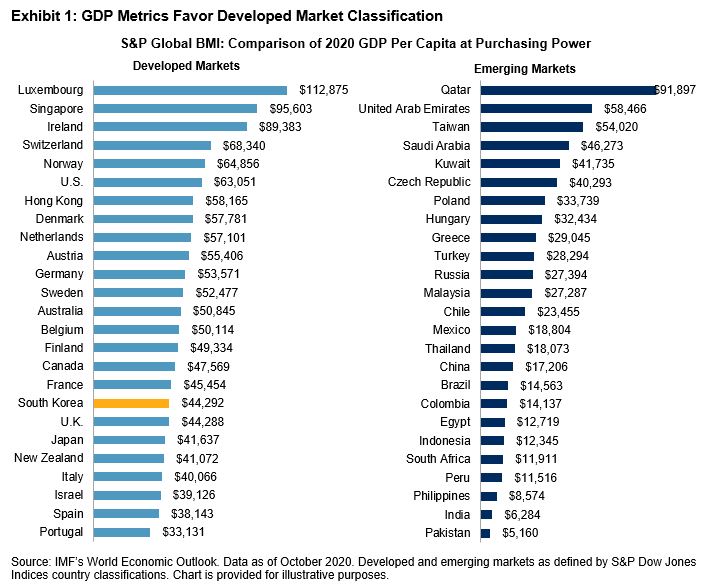In a recent webinar I moderated, Brie Williams of State Street Global Advisors joined me to discuss how environmental, social, and governance (ESG) data and investing are now at an important turning point. We ran out of time to answer all the questions we received, and this post follows “Why Now for ESG?” and answers two questions about how conversations on ESG can change and add value for an advisory or wealth management firm and to its clients.
Question: How does ESG stand out compared to other approaches like impact investing?
Brie Williams, State Street Global Advisors: ESG is more than just a “do-good” mentality. There is a no-compromise approach when it comes to investors’ performance expectations for ESG.
- Industry and academic studies offer empirical evidence for potentially better long-term risk-adjusted returns, lower downside, and improved volatility in ESG strategies.1
- The increasing number of ESG options reflect the diversity of investor objectives, including avoiding or reducing ESG risk, while seeking a measurable impact, in pursuit of better investment outcomes.
- One-third of investors agree it’s possible to achieve market-rate returns investing in companies based on their social or environmental impact; more Millennials (55%) than Gen X (35%) and Boomers (24%) agree with this.2
Question: My client hasn’t asked me about ESG. So why should I bring ESG up?
Brie: Investors’ need for advice in ESG investing is the advisor’s opportunity to add value in a meaningful way.
- Investors are signaling planned increases in allocation. 25% of U.S. investors say they are likely to increase their ESG investment allocation level over the next 24 months. Generationally and globally, 31% of Millennials and 23% of Gen X are more likely.3
- In pursuit of better investment outcomes, advisors are viewed as instrumental: 75% of Millennials indicate it is important that advisors help with ESG—and Gen X isn’t too far behind them, with 63% of this client segment viewing the advisor’s role as key.4
- Effective integration of ESG principles into a portfolio begins with a client-focused process—not a product-focused process. Our three-phased framework can help focus the ESG conversation with clients.
- Identify a clear entry point (investment objectives, ESG priorities, and market opportunities).
- Keep risk in perspective (investment outcome desired, allocation, and integration considerations).
- Take the long view (time horizon, intended impact, and defined success measures).
The 2010s were all about laying the groundwork for ESG investing through education and government regulation. The 2020s will be about renewed commitment and putting ESG investing into action, including:
- Better data leading to better investment solutions, as well as continuous improvement of ESG reporting;
- ESG sustainable investing is not just about values, but about managing risks, and to the extent that ESG is linked to long-term returns, it will likely be valuation-driven; and
- Discovery and education with the individual investor to better understand their motivations and support their goals across the various stages of their ESG journey (as learners, adopters, and ultimately, leaders).
1 The Boston Consulting Group, “Total Societal Impact: A New Lens for Strategy,” Oct. 25, 2017.
2 State Street Global Advisors, “Individual Investors 2019 Study: A Global Survey on Consumer Sentiment, Purpose, and Behavior in Wealth Management,” 2019.
3 Ibid.
4 Ibid.
The posts on this blog are opinions, not advice. Please read our Disclaimers.
















































